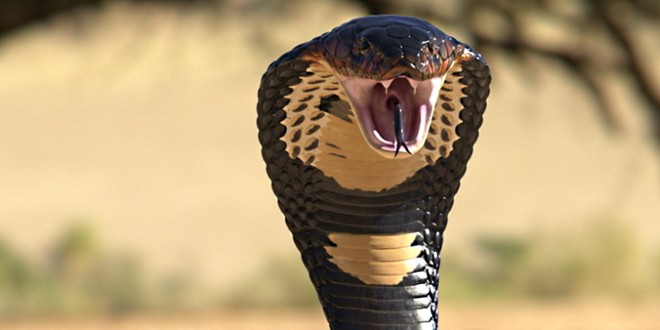Appearing on the Fifth Day of Creation, reptiles are air-breathing vertebrates covered in special skin made up of scales, bony plates, or a combination of both. There are more than 11,800 existing species of recorded in the Reptile Database, making them one of the most diverse types of vertebrates in the world.
They include crocodiles, snakes, lizards, crocodiles, alligators, turtles, tortoises, and skinks. Reptiles all have scaly bodies rather than hair or feathers; most species are egg-laying, though certain species like lizards, snakes, and worm-lizards give birth to live young. All regularly shed the outer layer of their skin, and are “cold-blooded,” meaning that their metabolism depends on the temperature of their environment. Some species can smell using their tongues.
Animals and plants are facing varying degrees of extinction risk based on their characteristics – for example, those that reproduce slowly, the locations where they live, and human threats they face. Extinction risk is commonly summarized as threat categories that have been determined for many species during the past decades by the International Union for Conservation of Nature’s (IUCN) Red List of Threatened Species, using data on species’ range and population sizes and trends in these attributes.
After 18 years of hard work by many experts around the world, the first extinction risk assessment of this group was completed (the Global Reptile Assessment) last month. This important effort will make it possible to add reptiles to global conservation policy and management initiatives as one of the major groups assessed.
However, this assessment still leaves over 3,000 reptile species that have either not been assessed or were assigned a data-deficient category that prevents their prioritization for conservation. In an effort to fill-in this gap am article in the journal PLOS Biology under the title “Automated assessment reveals that the extinction risk of reptiles is widely underestimated across space and phylogeny” by an international group of researchers presents estimates of extinction risk for those species currently neglected by the Global Reptile Assessment, using novel machine-learning models. The researchers found that those unassessed and data deficient species are more likely to be threatened than assessed species.
Dr. Gabriel Caetano of BGU’s Jacob Blaustein Institutes for Desert Research who was the lead author of the paper explained: “The IUCN threat assessment procedure is highly important, yet very lengthy, data intensive, subject to human decision biases and relies on in-person meetings of experts. However, we can use information on already assessed species to better understand the risks to those not yet assessed.”
Species may share physiological, geographic and ecological attributes (often via shared evolutionary history) that make them more threatened, he continued, “and experience similar sources of threat when they occur at similar locations. In our work we tried to emulate the IUCN process using predominantly remotely sensed data and advanced machine learning methods. We used species that have been assessed to teach our models what makes a species threatened and then predict the threat categories of unassessed species.”
He said that the new methods were important for highlighting reptile species at risk and can be used on other groups as an initial shortcut for threat categorization.
Tel Aviv University (TAU) Prof. Shai Meiri added: “Importantly, the additional reptile species identified as threatened by our models are not distributed randomly across the globe or the reptilian evolutionary tree. Our added information highlights that there are more reptile species in peril – especially in Australia, Madagascar and the Amazon basin – all of which have a high diversity of reptiles and should be targeted for extra conservation effort. Moreover, species-rich groups such as geckos and elapids (cobras, mambas, coral snakes and others), are probably more threatened than the Global Reptile Assessment currently highlights, these groups should also be the focus of more conservation attention.”
Dr. Uri Roll, also from BGU, noted that “our work could be very important in helping the global efforts to prioritize the conservation of species at risk – for example using the IUCN red-list mechanism. Our world is facing a biodiversity crisis and severe man-made changes to ecosystems and species, yet funds allocated for conservation are very limited. Consequently, it is key that we use these limited funds where they could provide the greatest benefits. Advanced tools such as those we have used here, together with accumulating data, could greatly cut the time and cost needed to assess extinction risk, and thus pave the way for more informed conservation decision making.”
The shortcode is missing a valid Donation Form ID attribute.




